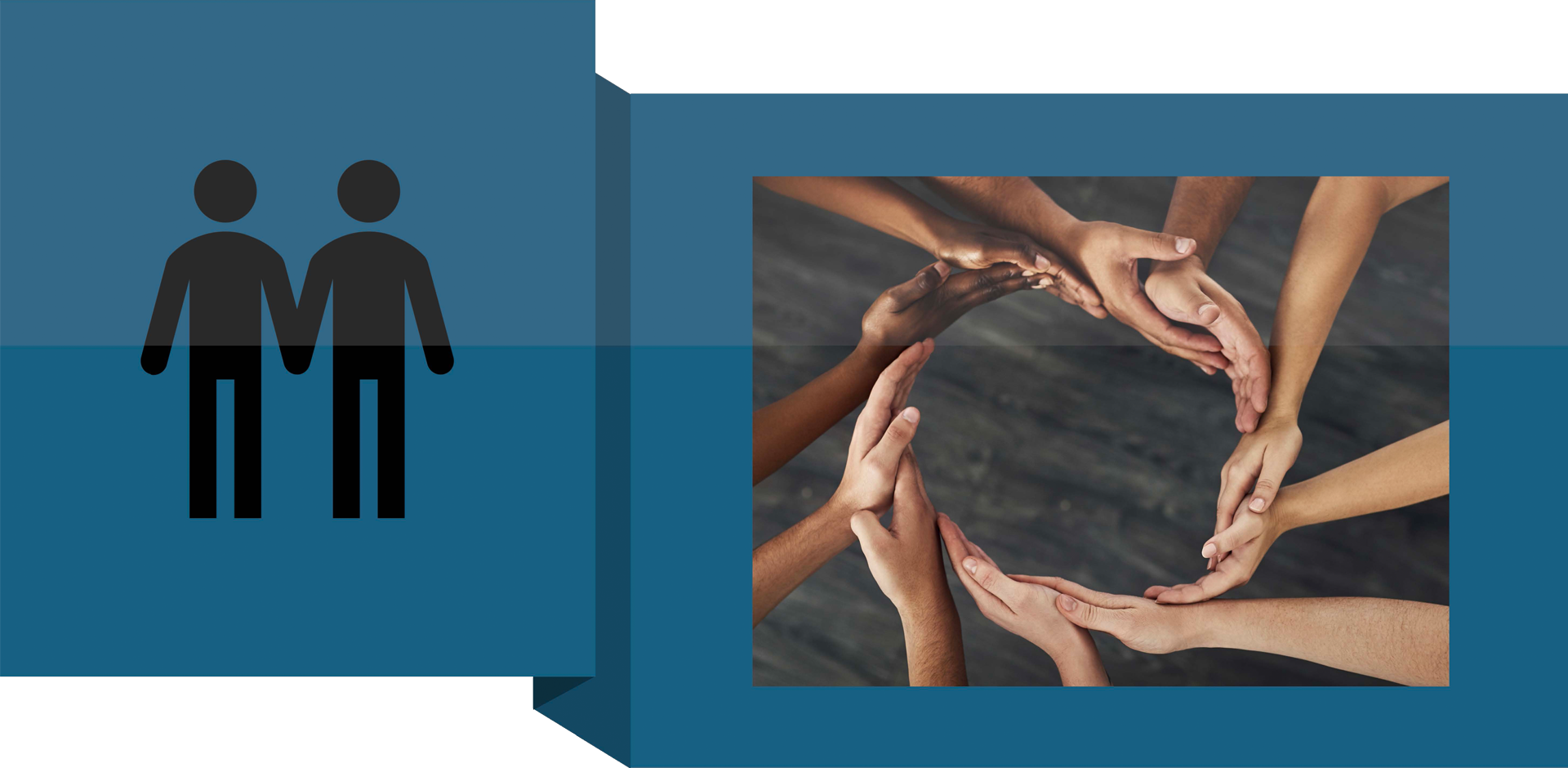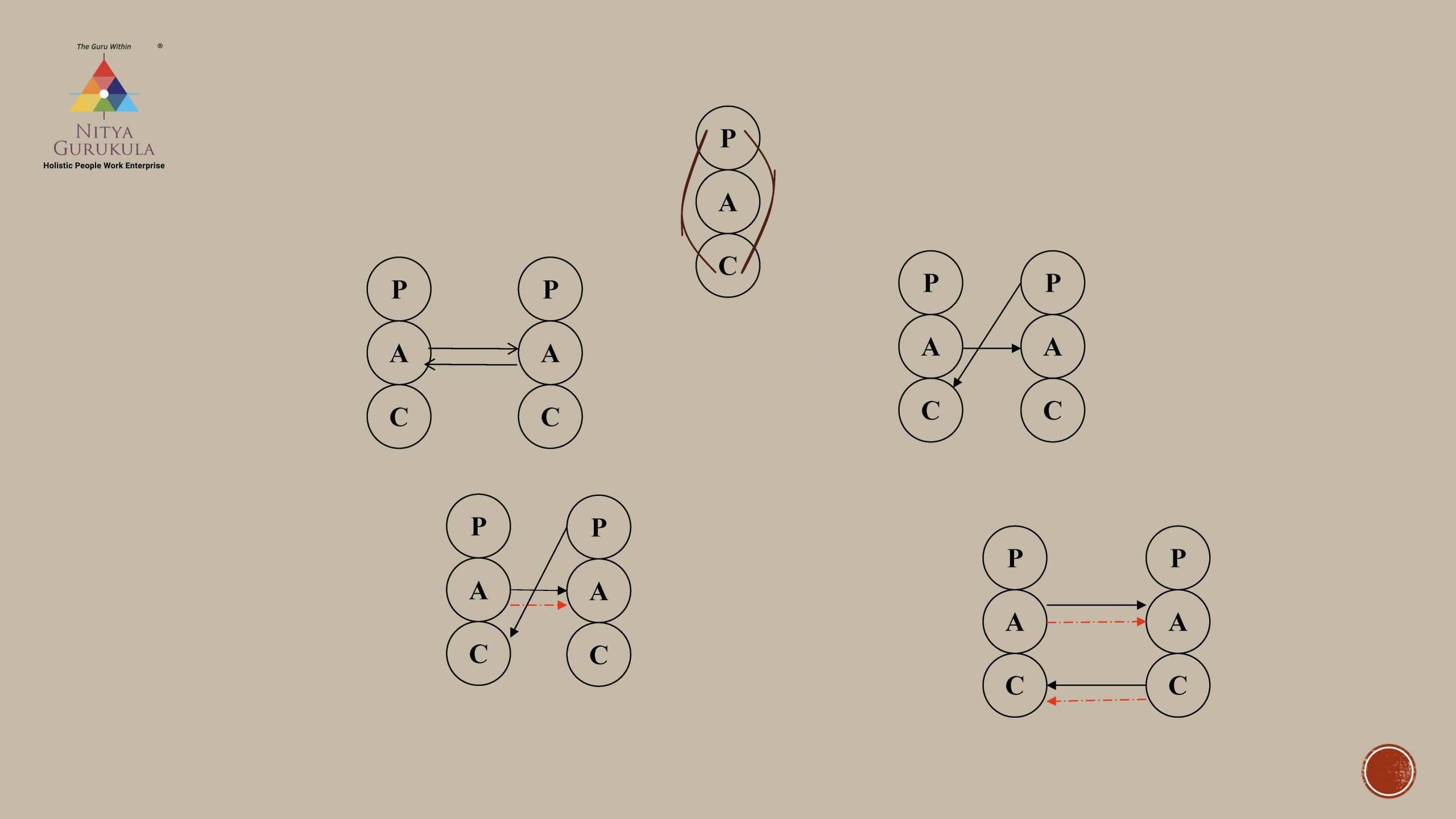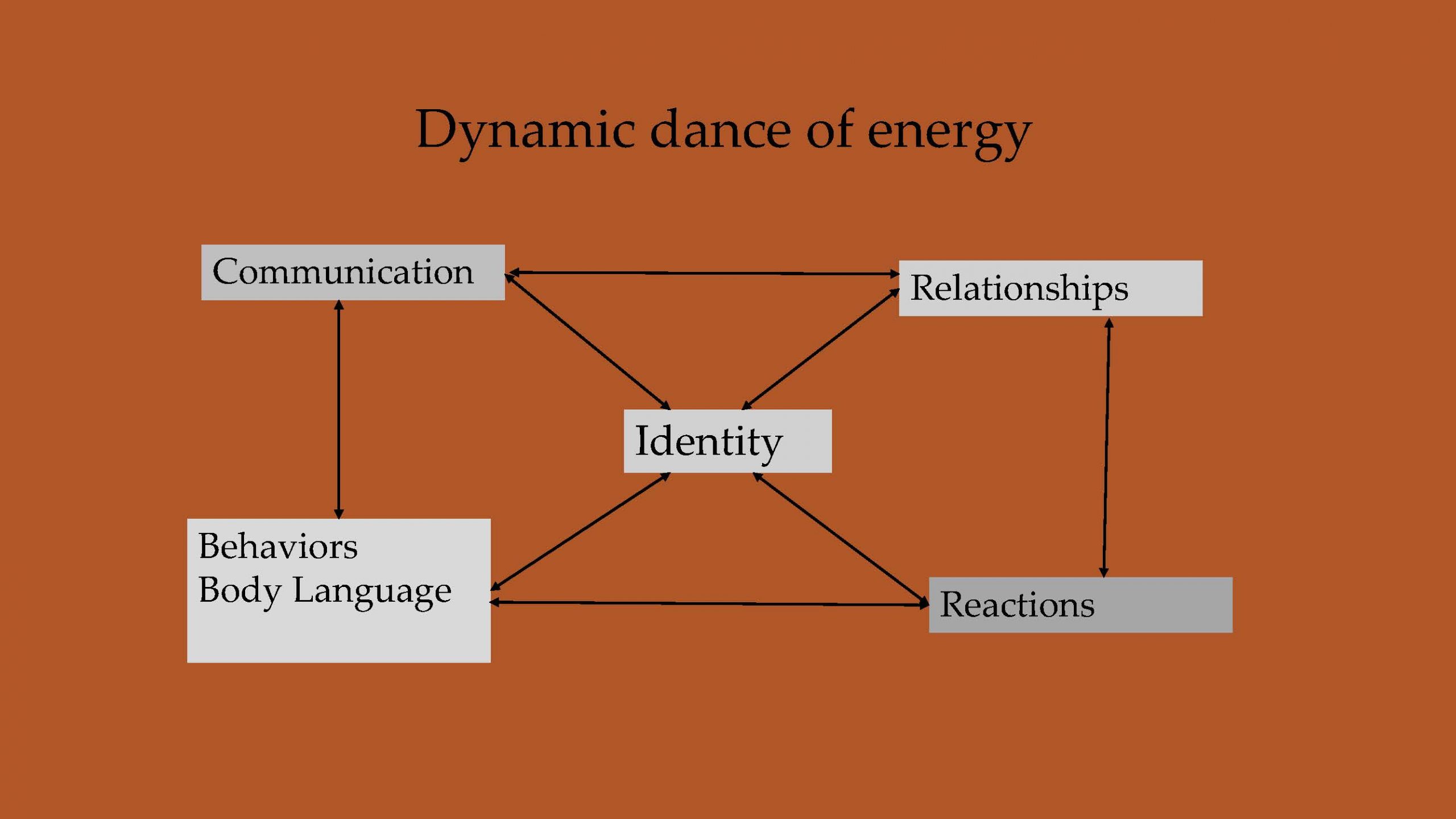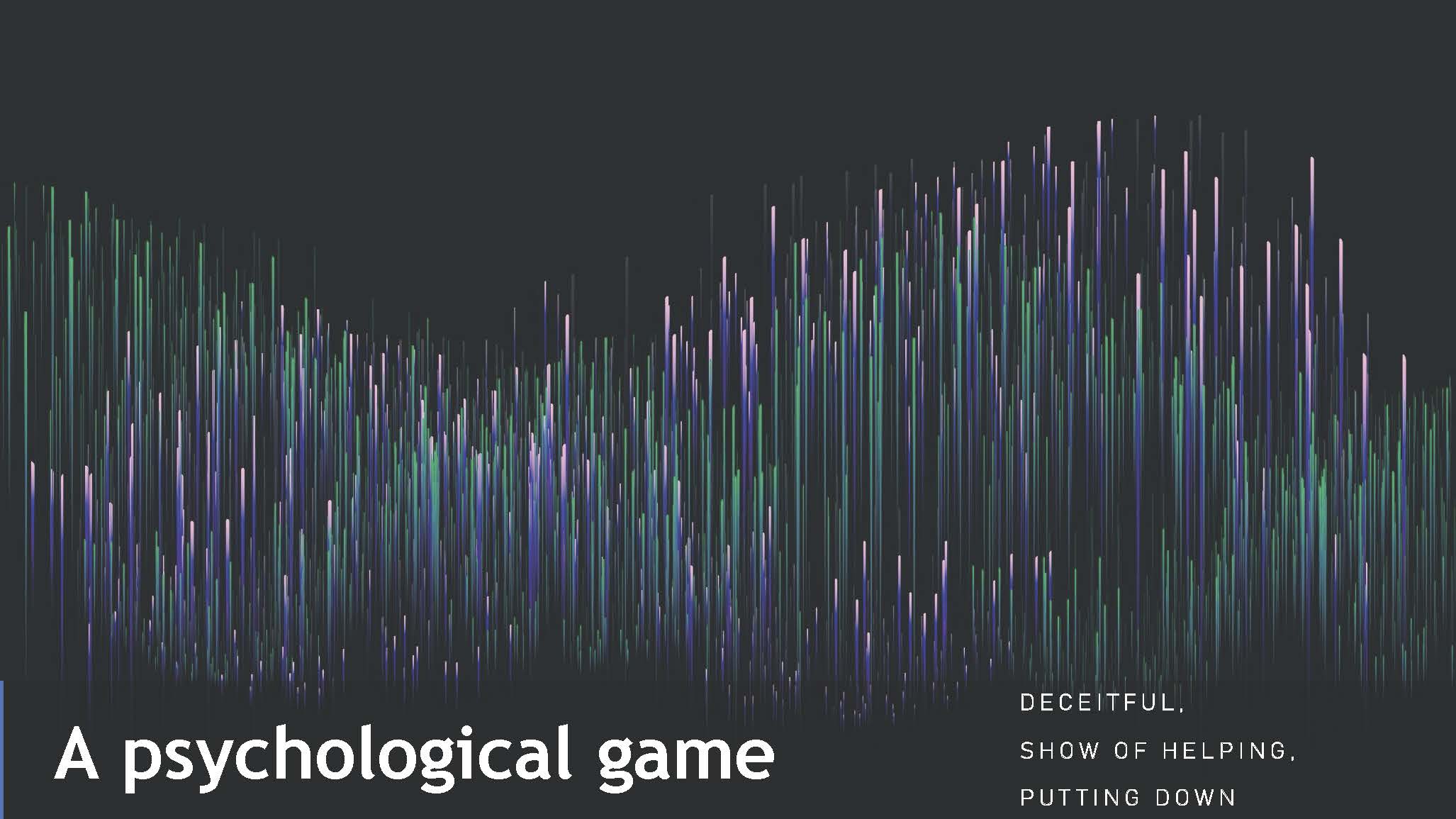Energy-Self-Others: Part 3
Dear Readers, Welcome to SC Musings, Blog 16,
We have been meandering through the concept of Energy in Blogs 14 and 15, understanding energy from different perspectives and in relationship to self. We now move on to Energy, Self and Others. Others here refers to the multiple connections we have with individuals, groups and the like.
As a people worker for 4 plus decades, I continue to witness connections, horizontally and vertically, between Energy-Self-Others. Let’s explore these connections and their implications for life and living.

Let’s begin at the very beginning with the awareness that we are linked with Others in multiple ways – Figure 16.1 captures a few of these connections. For exploring these, we will use the models from our previous blogs like the Holistic Model (NG, 2024) and Ego States (Berne, 2018.p.31).
Connections between individuals may be through one or more layers/dimensions in the Holistic Model. A gentle reminder that the 3 dimensional Holistic Model contains both layers and dimensions, and when one is used, it includes the other, and they are used interchangeably.
Biological relationships like parent and child, and siblings, indicate that almost all the layers in the Holistic Model are linked. These connections are largely vertical, involving power, which is used to nurture, guide and discipline. A physical connection through genes and shared space while growing up is often linked closely with emotional, cognitive and behavioural layers; these connections draw the energy layer. Thus, in biological relationships, connections between the layers stand out amongst family members, and are referred to as resemblance.
Social, cognitive and behavioral layers are in the forefront in work related relationships; with the impact of the emotional and spiritual, through the physical layer. However, the latter 2 layers are invisible, and observable in body language and communication. Work connections tend to be vertical indicating hierarchy, and horizontal amongst colleagues.
Social connections such as acquaintances, friendships, and extended family usually contain the social dimension, with other layers in attendance. These connections are largely horizontal.
Connections operating in different relationships have been examined with the Holistic Model. It needs to be remembered that energy makes these connections happen- it is the source of the connections and the power which either maintains or breaks them.
Connections between the Parent, Adult and Child ego states, within and between individuals, are the foundation of Transactional Analysis theory, and are presented in Figure 16.2.

The element linking Self and Others is energy manifested in our transactions, communication, and relationships. Thus, it can be stated that energy, which propels individuals and systems, powers human interactions and relationships.
A case-study of Shreya*, a forty-six year old mother of 3, portrays the impact of energy on communication and relationships. Seeking solutions for relationship issues with husband and grown up children, Shreya poured out her frustration and anguish in counselling. She felt ignored by her family, used bitingly negative words in her interactions with them, and wanted guidance to set her relationships ‘right’.
Shreya’s communication with her family was powered by frustration and irritation, which left all of them miserable.
Picking up on Shreya’s deep sadness and fear beneath her anger, and using the Holistic Model, her counsellor gently gave feedback on her behaviour with her children. Her aggressive behaviour, the counsellor informed, masked her deep care for their health and welfare and her fine qualities like cooking nutritious food and maintaining hygiene at home. Breaking down, Shreya stated that she had let herself go, and wanted support to change. With the guidance of her counsellor, Shreya brought a tiny change in her communication. She committed to stop using sarcastic and hurtful words for a week. Reporting her deep resistance to this change- Shreya continued this new behavior.
The counsellor, Shreya relationship was contractual and founded on trust. The mutually agreed upon goal was to foster change in Shreya’s interactions with her children.
From this case study, it is apparent that individual identity gets closely attached to behaviours, and it gushes out (mostly) in communication, which affects relationships. Shreya’s belief that ‘I am right, because I have done so much for this family’ contributed to her identity as one who the family did not values and continued to belittle. This identity in turn was displayed in her behaviors, which impacted the family members, provoking them to react.
Thus, hurts and put-downs are constantly recycled in the family. Therefore, energy is not available for experiences of joy, belongingness and harmony-which families are meant to provide their members. This dynamic dance of energy in relationships is captured in Figure 16.3, where the reddish colour represents energy.

A glimpse into the types of energy has been provided by the case study. Harmful energy in individuals in the form of beliefs, surfaces in their body language and behaviours, pulls in others’ reactions, which in turn reinforces their identities. Energy available for personal growth and enhancing relationships becomes submerged in this process, leading to psychological games (Berne, 2016).
Olympic Games 2024 in Paris showcases the skills and competencies of athletes worldwide. The grand opening ceremony of this mega event, with boat parades of participants from diverse countries, connected individuals across borders. Energy in such situations uplifts and unifies people in a spirit of oneness. Contest and competition between individuals are also accompanied by celebration and a yearning for betterment.
However, energy erupting from the deaths and destruction in the coaching camp in Delhi floods us with various emotions like anger, frustration, loss, pain, helplessness- and the list is endless. Even the natural calamity afflicting many of our people in Wayanad draws out our feelings of sadness and compassion.
The blame games played by different groups in these situations are sickening and degrading because precious energy used for salvaging and protecting the affected persons is lost in the battle of words.
A psychological game in transactional analysis maybe described as deceitful moves made by individuals to either put-down, or make a show of helping, or remain suffering as victims (Karpman, 1968). Games are played to avoid responsibility, get attention or simply to fill time by complaining, blaming, or putting down.

Energy is drained and turns destructive when used for playing psychological games. However, people, individually and collectively, in groups, organisations, nations- almost everywhere, are entrenched in games. Even spiritual and religious establishments trap people into these games.
Hope spurts and springs in small pockets when more and more individuals, including youth are awakening to these painful realities in human relationships.
Exploring energy in human exchanges moved us to the type and quality of interactions between individuals and human relationships. Tracing these connections, I went into deeper experiences of energy, individually, collectively, and globally. It has been a rich and meaningful engagement, which takes us to Blog 17, where we will pursue Energy-Self-Other-Environment.
Dear Readers, the concept Energy is vast, deep, and wide, in its pervasiveness and mystic elusiveness. Yet, we will, in future find ways to capture and make meaning of it for adding value to life and living.

* Name changed to protect identity
References
Berne, E. (2016). (original work published 1964). Games people play: The psychology of human relationships. New York: Grove Press.
Berne, E. (2018). (original work published 1972) . What do you say after you say hello? The psychology of Human destiny. Corgi Books. London, UK.
Karpman, S. (1968). Fairy tales and script drama analysis. Transactional Analysis Bulletin, Selected articles from volumes 1 through 9, 51-56
Holistic Model.(2024). https://www.nityagurukula.org/